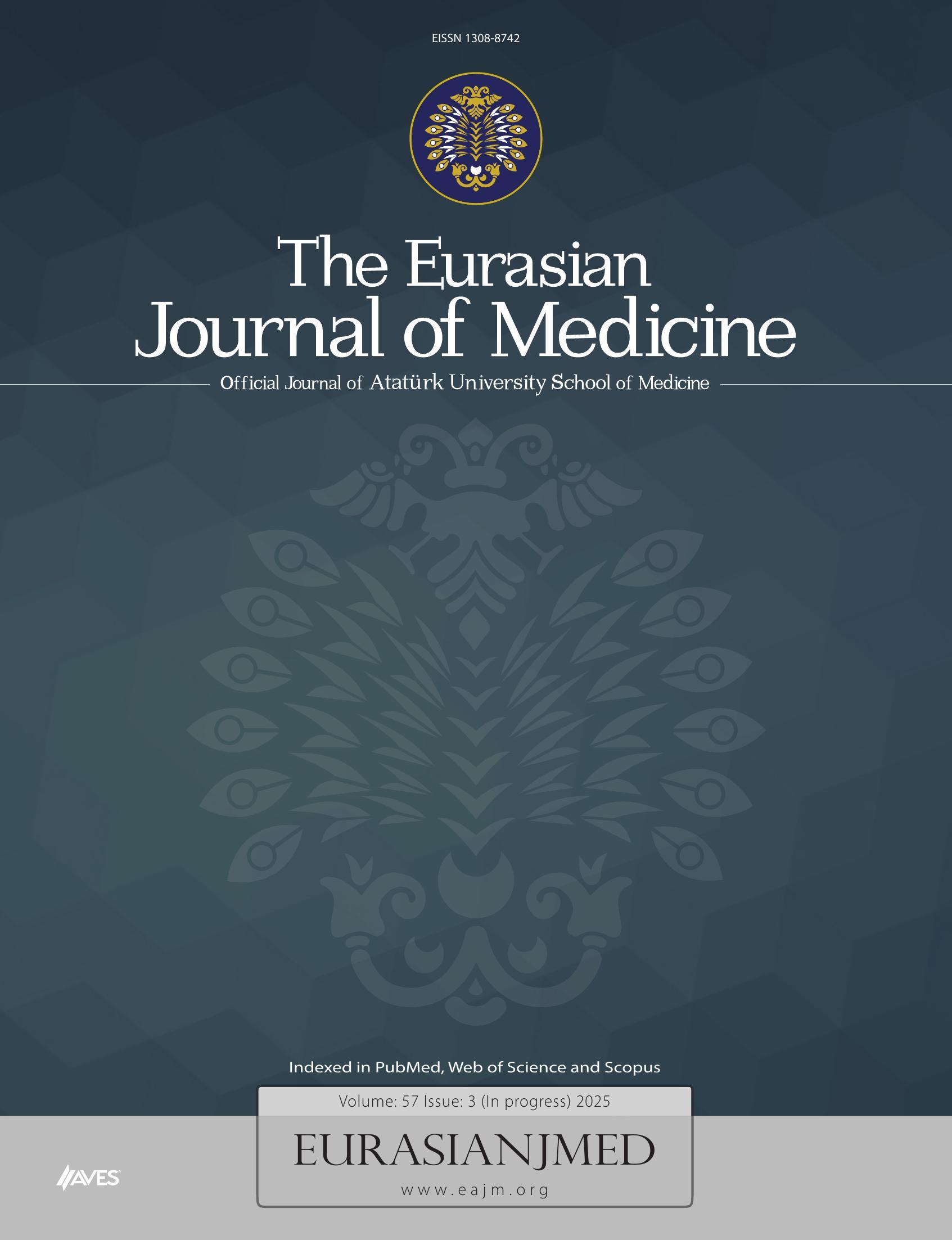Abstract
Objective: Ovarian cancer is one of the most common and lethal gynecologic malignancy. In Turkey, the 8th most commonly seen neoplasm is ovarian cancer. The risk factors of ovarian cancer are menstrual reproductive events including gravida, menarche and menopause status, and life style habits such as cigarette smoking and habitat. In this study we aimed to determine the risk factors leading to ovarian cancer in Turkish women population and show the tumor markers in this population.
Materials and Methods: This study included 311 ovarian neoplasia cases diagnosed at the Pathology Department of Ataturk University in Erzurum over last seven years extending from 2005 to 2013. This study is a retrospective analysis basing on the pathology reports and accesible patient files. Serum tumor markers of the patients were retrospectively reported from their records. Conventional stained preparations existing in our archive examined by two pathologists as well independent of each other, and histopathologic diagnosis and the distribution of the sub-group was revised.
Results: A total of 311 patients were included in this study in which patients were diagnosed at the Pathology Department of Ataturk University in Erzurum. Serous cystadenoma is the most common ovarian tumor followed by mucinous cystadenoma, germ cell tumors, and dysgerminoma. All of the tumor markers were significantly normal.
Conclusion: Upto our knowledge this was the first epidemiological study in Turkey. Analysis of each country’s statistical information reflecting its own profile is also important. The relationship between the profiles of patients and types of ovarian neoplasia may give an idea about the risk factors of the disease in its region. Additionally, distribution of tumor markers might be considered for the discriminating of the benign or malign characters of the ovarian neoplasia.

.png)


.png)
.png)